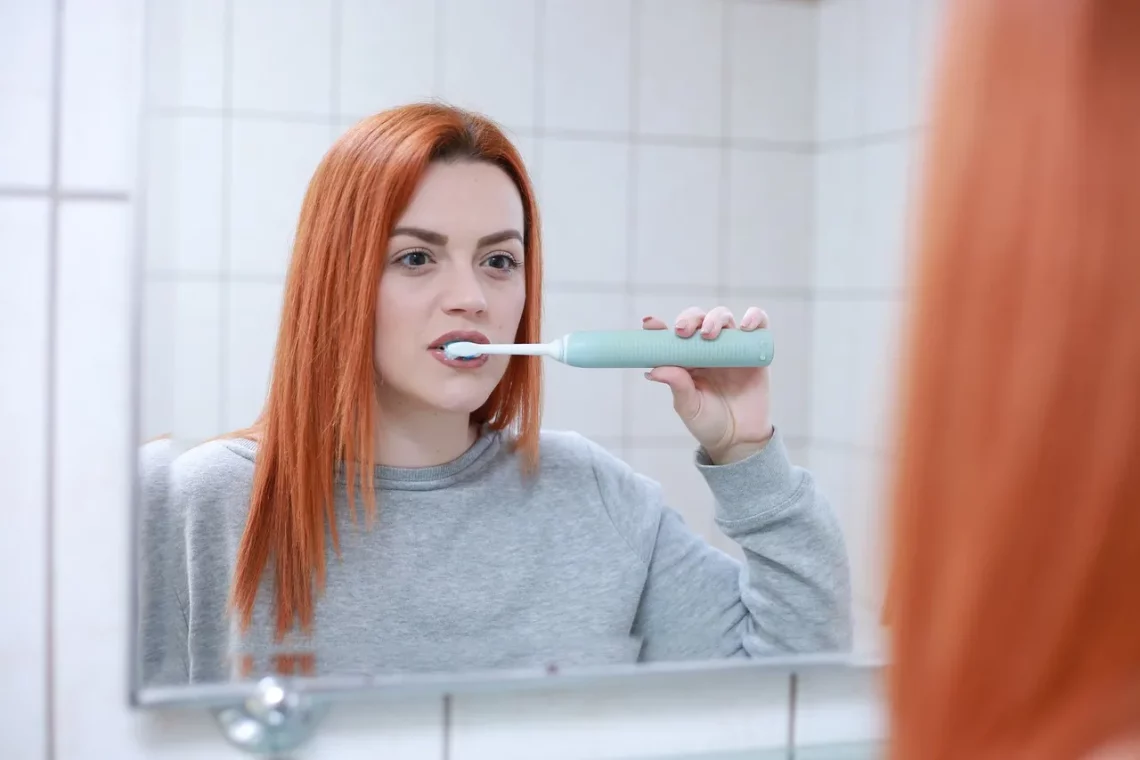
Understanding Cat Teeth: A Comprehensive Diagram Guide
Understanding the anatomy of a cat’s mouth is essential for any cat owner or enthusiast. Cat teeth play a critical role not only in their feeding habits but also in their overall health and behavior. Unlike humans, cats have a unique set of teeth that have adapted to their carnivorous lifestyle. These specialized teeth are designed for hunting, gripping, and consuming prey. Understanding cat teeth can help owners better care for their feline friends, ensuring that their dental health is maintained and any potential issues are addressed promptly.
Cats, being obligate carnivores, rely heavily on their teeth for survival. Their teeth are not merely tools for eating; they are essential for grooming, communication, and even play. The variety in a cat’s dental structure allows them to perform a range of functions, from tearing meat to holding onto toys. Additionally, recognizing the signs of dental issues can lead to early interventions, preventing more serious health problems down the line. Thus, a comprehensive understanding of cat teeth is vital for the well-being of our furry companions.
The Structure of Cat Teeth
The dental structure of cats is fascinating and complex, consisting of 30 teeth in total. These teeth include incisors, canines, premolars, and molars, each serving distinct purposes. The incisors, located at the front of the mouth, are small and sharp, ideal for nibbling and grooming. Cats have a total of 12 incisors, six on the top and six on the bottom. These teeth assist in grasping and scraping food, especially when it comes to grooming their fur.
Next are the canines, which are perhaps the most recognizable teeth due to their long and pointed shape. Cats possess four canines—two on the top and two on the bottom—situated right behind the incisors. These teeth are essential for gripping prey and play a significant role in a cat’s hunting behavior. The canines are not just used for eating; they are also crucial for defense and communication, as cats may display their canines during aggressive encounters or when feeling threatened.
The premolars and molars, located towards the back of the mouth, help with grinding and breaking down food. Cats have a total of 10 premolars (six on the top and four on the bottom) and four molars (two on the top and two on the bottom). These teeth have flat surfaces that are perfect for crushing bones and tearing meat. Unlike humans, who have a more varied diet and therefore a different dental structure, cats have evolved to have teeth suited specifically for their carnivorous diet.
It’s important to note that a cat’s dental health can significantly impact its overall health. Poor dental hygiene can lead to periodontal disease, tooth decay, and other serious health issues. Therefore, understanding the structure and function of cat teeth is essential for effective dental care.
The Importance of Dental Health in Cats
Dental health is a crucial aspect of a cat’s overall well-being, yet it is often overlooked by pet owners. Regular dental care can prevent a plethora of issues, including periodontal disease, which can lead to tooth loss and infections. In fact, studies have shown that a significant percentage of cats over the age of three exhibit some form of dental disease. This emphasizes the importance of early intervention and routine dental care.
One of the primary reasons dental health is vital is that dental disease can lead to systemic health problems. Bacteria from periodontal disease can enter the bloodstream and affect vital organs such as the heart, liver, and kidneys. This can lead to severe health complications that may require extensive medical treatment. Therefore, maintaining proper dental hygiene is not just about keeping a cat’s mouth clean; it’s about ensuring the overall health of the animal.
There are several ways to promote good dental health in cats. Regular veterinary check-ups are essential, as a veterinarian can perform professional cleanings and assess the condition of your cat’s teeth and gums. Additionally, dental treats and toys that promote chewing can help reduce plaque buildup. Some cat owners may also choose to brush their cat’s teeth at home, using toothpaste specifically designed for felines.
It’s important to start dental care early in a cat’s life, as this can help them become accustomed to the routine. Introducing dental care gradually can make the process less stressful for both the cat and the owner. Remember that while some cats may resist having their teeth brushed, patience and positive reinforcement can go a long way in establishing a successful dental care routine.
Common Dental Problems in Cats
Despite the importance of dental care, many cats face common dental problems that can impact their quality of life. One of the most prevalent issues is periodontal disease, which occurs when plaque and tartar accumulate on the teeth, leading to inflammation of the gums. Early signs of periodontal disease include bad breath, swollen gums, and difficulty eating. If left untreated, this condition can progress to more severe issues, including tooth abscesses and loss.
Another common dental issue in cats is tooth resorption, a painful condition where the body begins to break down and absorb the tooth structure. This condition is often challenging to diagnose, as it may not present with obvious symptoms until it has progressed significantly. Affected cats may exhibit signs of pain, such as reluctance to eat or play, and may even show sensitivity when their mouths are touched.
Fractured teeth are also a concern, particularly in cats that engage in aggressive play or have a tendency to chew on hard objects. A fractured tooth can lead to pain and infection, requiring veterinary intervention. In some cases, extraction of the affected tooth may be necessary to alleviate discomfort and prevent further complications.
Finally, dental tumors, although less common, can occur in cats. These growths can be benign or malignant and may require surgical removal. Regular veterinary check-ups can help catch any abnormalities early, allowing for prompt treatment.
Awareness of these common dental issues can help cat owners take proactive steps in monitoring their pets’ dental health. Recognizing early signs and seeking veterinary care can significantly improve outcomes and maintain a cat’s quality of life.
Preventative Care and Treatment Options
Preventative dental care is the best approach to ensuring your cat maintains a healthy mouth and avoids common dental problems. Regular veterinary visits are crucial, as they allow for professional dental cleanings and examinations. During these visits, the veterinarian can assess the condition of your cat’s teeth and gums, identifying any potential issues early on.
At home, there are several steps that cat owners can take to promote good dental health. Brushing your cat’s teeth is one of the most effective ways to prevent plaque buildup. Using a toothbrush and toothpaste designed specifically for cats can make the process easier and more effective. Introducing brushing gradually and using positive reinforcement can help your cat become more comfortable with the routine.
Additionally, dental treats and toys can help keep your cat’s teeth clean. Many products on the market are designed to reduce tartar buildup and promote chewing, which can stimulate saliva production and help maintain oral health. Always ensure that any treats or toys are appropriate for your cat’s size and chewing habits.
If your cat does develop dental issues, various treatment options are available. Depending on the severity of the problem, a veterinarian may recommend professional cleaning, tooth extraction, or other medical interventions. For conditions like periodontal disease, treatment may involve deep cleaning of the gums and teeth to remove plaque and tartar buildup.
In cases of tooth resorption or fractures, more extensive treatment may be necessary. This could include the extraction of affected teeth to alleviate pain and prevent further complications. It’s essential to follow your veterinarian’s recommendations and attend regular dental check-ups to ensure your cat’s dental health is maintained.
In conclusion, understanding cat teeth and their importance in overall health is critical for every cat owner. By prioritizing dental care and being aware of common dental issues, you can help ensure that your feline friend leads a healthy and happy life.
**Disclaimer**: This article is not a substitute for professional veterinary advice. Always consult your veterinarian for any health-related concerns regarding your cat.




